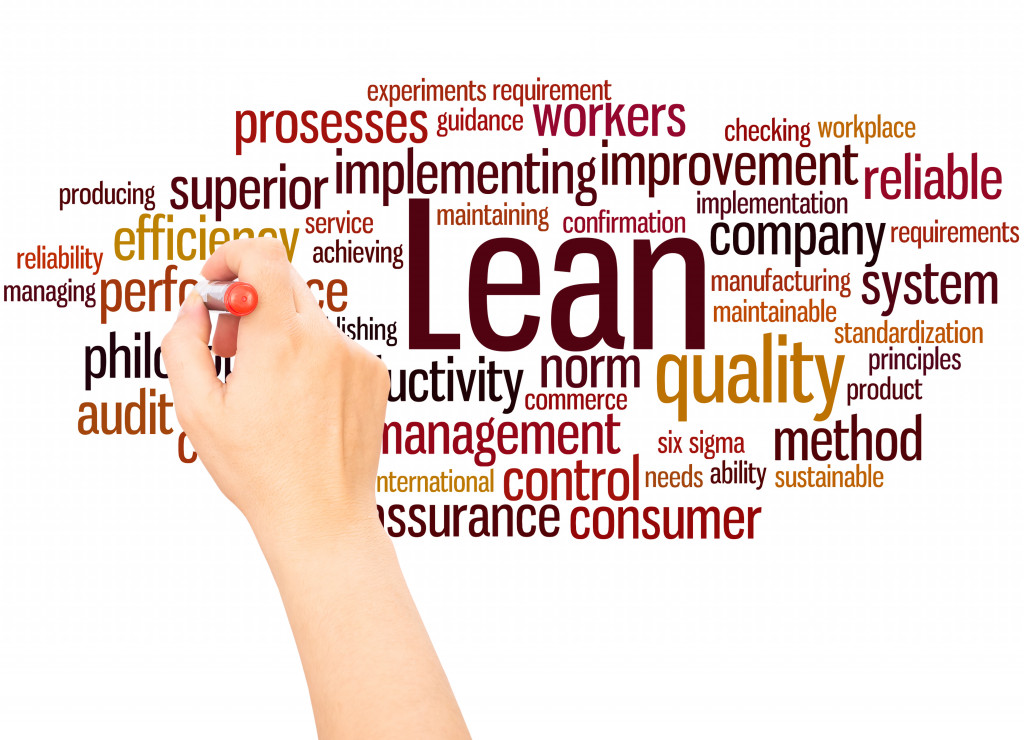- Lean principles optimize warehouse operations for efficiency, waste reduction, and enhanced value.
- Just-in-Time inventory management synchronizes production with demand, minimizing holding costs.
- Material handling equipment layout design and ergonomic solutions optimize workflow efficiency.
- Continuous improvement through Kaizen workshops and Gemba walks fosters innovation and efficiency.
- Technology integration, like WMS and robotics, enhances warehouse operations for lean excellence.
In the dynamic landscape of modern business, especially in business nations like Japan and Singapore, efficiency is paramount. Nowhere is this more evident than in warehouse management, where every movement counts towards the bottom line. Embracing lean principles offers a pathway to streamline operations, minimize waste, and maximize value. By focusing on continuous improvement and eliminating non-value-added activities, warehouses can enhance productivity, reduce costs, and deliver superior customer service.
1. Understanding Lean Principles in Warehouse Management
Underpinning lean principles is the relentless pursuit of efficiency. In the context of warehouse management, this means optimizing processes to ensure smooth material flow, reduce lead times, and enhance overall operational performance.
Just-in-Time Inventory Management
Just-in-Time (JIT) inventory management lies at the heart of lean philosophy. By synchronizing production with demand, warehouses can minimize inventory holding costs while ensuring products are available exactly when needed. JIT requires meticulous planning, close collaboration with suppliers, and robust material handling equipment to facilitate seamless flow throughout the supply chain.
Value Stream Mapping
Value Stream Mapping (VSM) is a diagnostic tool used to identify inefficiencies and opportunities for improvement within warehouse processes. By visualizing the entire workflow from receiving to shipping, warehouses can pinpoint bottlenecks, eliminate wasteful activities, and optimize the overall value stream.
2. Optimizing Material Handling Equipment for Lean Operations
Material handling equipment forms the backbone of warehouse operations, enabling the smooth movement of goods throughout the facility. Optimizing equipment selection, layout, and utilization is essential for achieving lean objectives.

Lean Equipment Layout Design
Effective equipment layout design is crucial for minimizing unnecessary movement and reducing transportation waste. By strategically placing forklifts, conveyors, pallet racks, and picking stations, warehouses can optimize workflow efficiency and enhance material flow.
Investing in Ergonomic Solutions
Employee well-being is a cornerstone of lean philosophy. Investing in ergonomic material handling equipment reduces the risk of injuries, improves worker morale, and enhances productivity. By prioritizing the health and safety of employees, warehouses can create a culture of continuous improvement and sustainable success.
3. Streamlining Processes through Continuous Improvement
Continuous Improvement, or Kaizen, lies at the heart of lean philosophy. By empowering employees to identify and address inefficiencies in real time, warehouses can foster a culture of innovation and drive sustainable performance improvements.
Kaizen Workshops
Kaizen workshops provide a structured framework for collaborative problem-solving and process improvement. By bringing together cross-functional teams, warehouses can leverage collective expertise to implement targeted solutions and drive meaningful change.
Gemba Walks
Gemba walks involve frontline managers observing operations firsthand to identify opportunities for improvement. By engaging directly with employees and understanding the challenges they face, warehouses can uncover hidden inefficiencies and implement corrective actions in real time.
4. Eliminating Waste in Warehouse Management
Waste is the enemy of efficiency. In lean philosophy, any activity that does not add value to the customer is considered wasteful and should be eliminated or minimized wherever possible.
Addressing the Eight Wastes
Lean identifies eight types of waste: overproduction, waiting, transportation, overprocessing, excess inventory, motion, defects, and underutilized talent. By systematically addressing these sources of waste, warehouses can streamline operations, reduce costs, and enhance customer satisfaction.
Implementing 5S Methodology
The 5S methodology (Sort, Set in order, Shine, Standardize, Sustain) provides a framework for organizing the workplace to minimize waste and optimize efficiency. By promoting cleanliness, organization, and standardization, warehouses can create a visual workplace where abnormalities are immediately apparent and continuous improvement is ingrained in the culture.
5. Harnessing Technology for Lean Warehouse Management
In the digital age, technology plays a pivotal role in driving lean initiatives forward. From advanced analytics to robotics and automation, warehouses have access to a plethora of tools to enhance efficiency and optimize operations.
Warehouse Management Systems (WMS)
Warehouse Management Systems (WMS) provide real-time visibility into inventory levels, order status, and warehouse performance metrics. By leveraging WMS software, warehouses can optimize inventory replenishment, minimize stockouts, and improve order accuracy, all while reducing operational costs.

Robotics and Automation
Robotics and automation technologies offer unprecedented opportunities for streamlining warehouse operations. From automated guided vehicles (AGVs) to robotic picking systems, these technologies can dramatically increase throughput, reduce labor costs, and improve overall operational efficiency.
Embracing lean principles in warehouse management is not just a strategy; it’s a mindset. By relentlessly pursuing efficiency, eliminating waste, and maximizing value, warehouses can position themselves for sustainable success in an increasingly competitive marketplace. From optimizing material handling equipment to harnessing the power of technology, the journey toward lean excellence requires dedication, collaboration, and a commitment to continuous improvement. As warehouses embrace lean principles, they can unlock new levels of productivity, agility, and customer satisfaction, driving long-term growth and prosperity.





